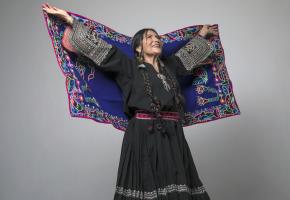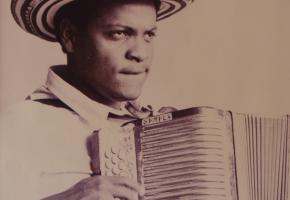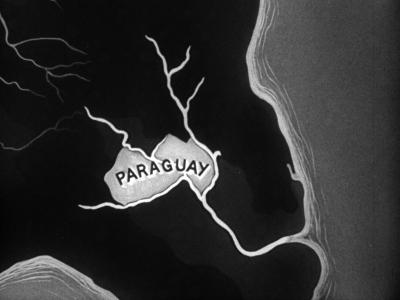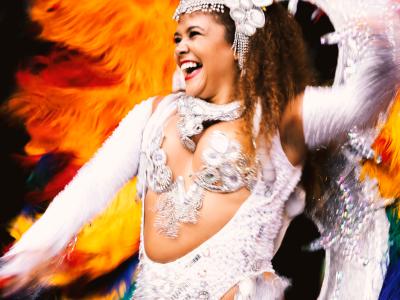Whether it be cumbia, vallenato, champeta, or porro, Colombia truly deserves its title as the ‘land of a thousand rhythms’.
As for vallenato, literally meaning “born in the valley” in reference to the lush north-eastern mountain ranges of the country’s Caribbean coast, there are few figures who have embodied this vibrant and upbeat genre better than ‘Alejo Durán’, who was so dedicated to his music that in one of his most popular songs he asks that he is buried with his ‘acordeón’.
Born in 1919 in El Paso, a community steeped in the musical traditions of tambores and acordeones, and formed by runaway slaves, Duran’s life was never set out to be easy. Indeed, the singer has been said to have ‘died three times’ - once at the hands of policemen, once in the flames of a ramshackle boat, and then finally of natural causes in 1989. Nonetheless, he left behind a rich legacy of at least 350 songs, recounting the diverse stories of his life and those of other campesinos and vaqueros of Colombia’s Caribbean region.
As an artist, he has been credited with being one of the earliest to commercialise the vallenato genre, once looked down upon by the country’s elite, but now a style considered ‘Intangible Cultural Heritage in Need of Urgent Safeguarding’ by UNESCO and which, as of 2006, has had its own category in the Latin Grammy awards. It is also the soundtrack to any Colombian bus journey, festival or parranda (party).
Despite his success, Durán never seemed to forget his roots, being dedicated to his instrument and style, and refusing to succumb to the stereotypical life of a musician, which at that time was based on ‘trago, comida y mujeres’ (booze, food, and women), with the artist instead deciding that ‘estas dos últimas hacían más bien que la primera’ (the last two things were much more valuable to him than the first), being teetotal for most of his life.
The genre that Durán helped to mould and popularise continues to live and breathe today, being played in both its traditional form in piquerias vallenatas (traditional vallenato groups), and in reinvented ways through modern-day artists such as Carlos Vives. As a figure he remains iconic in Colombia’s musical history, and his legacy will not be forgotten.

















